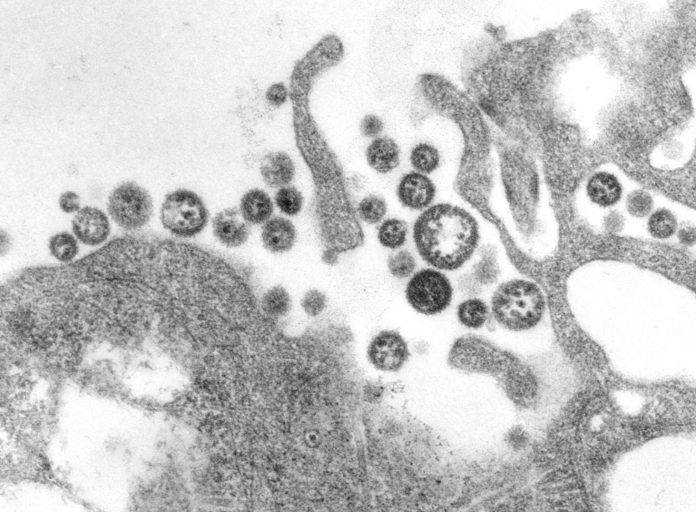
In areas of Africa where the disease is endemic (that is, constantly present), Lassa fever is a significant cause of morbidity and mortality. While Lassa fever is mild or has no observable symptoms in about 80% of people infected with the virus, the remaining 20% have a severe multisystem disease. Lassa fever is also associated with occasional epidemics, during which the case-fatality rate can reach 50%. There are a number of ways in which the virus may be transmitted, or spread, to humans. The Mastomys rodents shed the virus in urine and droppings. Therefore, the virus can be transmitted through direct contact with these materials, through touching objects or eating food contaminated with these materials, or through cuts or sores. Because Mastomys rodents often live in and around homes and scavenge on human food remains or poorly stored food, transmission of this sort is common. Contact with the virus also may occur when a person inhales tiny particles in the air contaminated with rodent excretions. This is called aerosol or airborne transmission. Finally, because Mastomys rodents are sometimes consumed as a food source, infection may occur via direct contact when they are caught and prepared for food.
Lassa fever is a viral disease responsible for around 5,000 deaths every year. Common to the West African countries, its annual emergence is dreaded by many thanks to the fact there is currently no effective vaccine or other treatment methods against it. This may soon change, however, thanks to the advent of DNA testing.
Science News reports on the latest outbreak of the Lassa virus in Nigeria as well as what health care workers are doing to combat it. With 2018 being one of the worst years on record for Lassa transmission rates, researchers were left to wonder what about the virus was making it so infectious.
That answer came via DNA testing on different virus samples. What they were able to uncover revealed many crucial facts about the Lassa virus they were battling. For one thing, they were able to confirm that it was indeed the same as last year rather than a more infectious version mutated to better transfer from rodents to humans.
As a result, Nigerian officials could better respond to the crisis with methods like rodent extermination rather than waste resources trying to avoid other more unlikely methods of contamination such as human-to-human contact. Additionally, scientists working with the Nigeria Centre for Disease Control also collaborated with others via online forums to help better interpret their research and findings, substantially speeding up the work and preventing numerous infections.
This process was made all the simpler thanks to the advent of small portable DNA sequencers, allowing scientists to compared the viral strains infecting numerous people on the fly. Discovering that the different virus samples were not similar, they were able to conclude that human-to-human contamination was fairly unlikely as opposed to animal-to-human contamination.
Receiving samples from over 120 patients, scientists employed a process known as metagenomics in order to do their work. Essentially, they fully sequenced all the DNA found within the samples they were given, eliminating different types of DNA until they could identify those that closely matched the Lassa virus. This offered a handy way to get around the numerous variations commonly found in the virus that typically makes it hard to analyze.
The success of this research more than anything else offers a potential rode to a vaccine now that it is easier than ever to isolate the Lassa virus’ DNA. Not only that, it acts as an effective proof of concept for using DNA testing and metagenomics for treating or finding control solutions for other viruses in the future.


